- дом
- Специальные преобразователи частоты
- Solution of OC1 fault occurs during the frequency inverter’s operation
Fault Name:
OC1 fault occurs during the frequency inverter’s operation.
Fault explanation:
The OC fault is a sudden change in current detection during frequency inverter operation. In order to prevent it from being damaged by an excessive current, the frequency inverter internally collects the current signal and protects itself. Specifically, OC1 (over-current fault during acceleration), OC2 (over-current fault during deceleration) and OC3 (over-current fault at constant speed) are assorted according to relevant reasons.
Fault Symptom:
When the customer repeatedly starts the frequency inverter and it reports OC1 every time and it cannot be used either.
Causes:
The reason for the OC failure is nothing but the on-site cause of the damage of the frequency inverter's components itself.
Solutions:
Caused by the scene, so we need to solve it by troubleshooting on-site.
Components damage causes OC fault then we need replace them.
Analysis:
The first steps to communicate with customers to determine whether it is caused by on-site causes are as follows:
Ask the customer if the frequency inverter reports OC fault as it just starts. If it did, let the customer to remove the motor wirings, run it and measure whether the output voltages are balanced. If everything is normal, so it’s obvious that the fault is caused not by the frequency inverter itself but the on-site. So the steps to guide the customer to solve the problem on-site are as follows:
Open the motor terminal box to check whether the motor wirings are alright, whether the wiring heads are burned out or not, if they are, replace the damaged motor wires and re-fix it (The reason is that the connection is not tight or the contact area of the core is too small, resulting in poor heat resistance.)
Use a multimeter to measure if the UVW and ground are connected. If there is any one or more phases are grounding, then determine that the motor is damaged that directly leads to short-circuit to ground fault. Then advise the customer to replace the motor.
Use a multimeter to measure the resistance among U, V, and W phases. If the resistance difference between any two of them is relatively large, then you could determine that the motor is damaged, that is, the motor winding is burned out and you could advise the customer to replace the motor.
Check if the leads from the frequency inverter output to the motor side are broken, aging, etc. If they are, let the customer replace the line to re-power and test the machine (the fault is caused by motor line leakage).
Remove the shorting pieces at the motor connection, test the insulation between the windings of the phases and the insulation between the windings to the ground with a megohmmeter (six sets of data for phase-to-phase tests, and six sets of data for ground tests of three times each). Standard: Insulation between phases is not less than 5 megohms. Insulation to ground is not less than 50 megohms. If not, the motor is still maybe damaged; you could let the customer to replace the motor.
Apply pressure resistance to the motor wire to check if the motor wire is well insulated. Test method: Use a pressure tester to perform stress resistance on the core and wire insulation of each phase (a few turns of wire can be wound on the insulation skin), determine the standard is AC 2KV and 2mA, if not, replace the motor line.
The damage of the frequency inverter itself causes the inverter to report OC fault. The specific phenomena are as follows:
Disconnect the motor cable, run the frequency inverter to report OC fault, so it means the internal current detection devices are damaged
After running the frequency inverter, when the operating frequency is stable, check the output current of the frequency inverter is stable, However, OC fault is still reported suddenly. Under the premise of eliminating interference, it is determined that the internal current detection device of the inverter is damaged.
 Global - English
Global - English Spanish - Español
Spanish - Español French - Français
French - Français Russian - Pусский язык
Russian - Pусский язык Chinese - 中文
Chinese - 中文 Korean - 한국어
Korean - 한국어 Vietnamese - Tiếng Việt
Vietnamese - Tiếng Việt
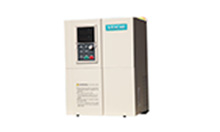
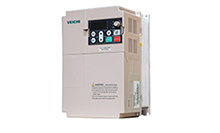
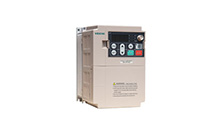
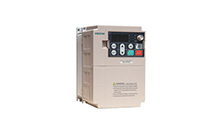
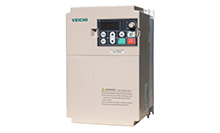

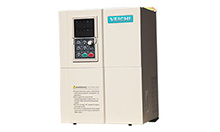

 Оставить сообщение
Оставить сообщение